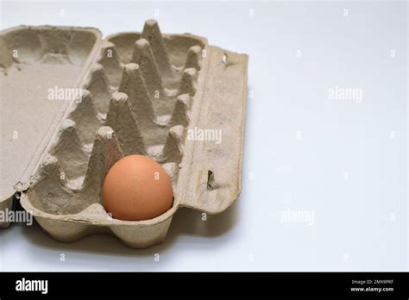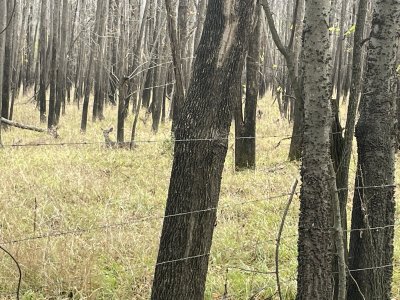SD51555
5 year old buck +
Piggybacking off @Howboutthemdawgs drone thread, I wondered about his comments about high stem count big block cover. I can see how they could be devoid of deer usage. I've walked high stem areas and wondered the same thing, "How the hell do deer get around in here?"
I still whack pretty hard on my property in small amounts. A few of the things I started doing the last 4 years or so is to keep those cuts small, and ensure I don't create a mess with no way through it. It takes a little longer to be strategic with where stuff falls, but it seems to be worth it.
I wonder if the problem with big block cover is the lack of escape routes in the event a deer is jumped by some sort of predator?
I still whack pretty hard on my property in small amounts. A few of the things I started doing the last 4 years or so is to keep those cuts small, and ensure I don't create a mess with no way through it. It takes a little longer to be strategic with where stuff falls, but it seems to be worth it.
I wonder if the problem with big block cover is the lack of escape routes in the event a deer is jumped by some sort of predator?

